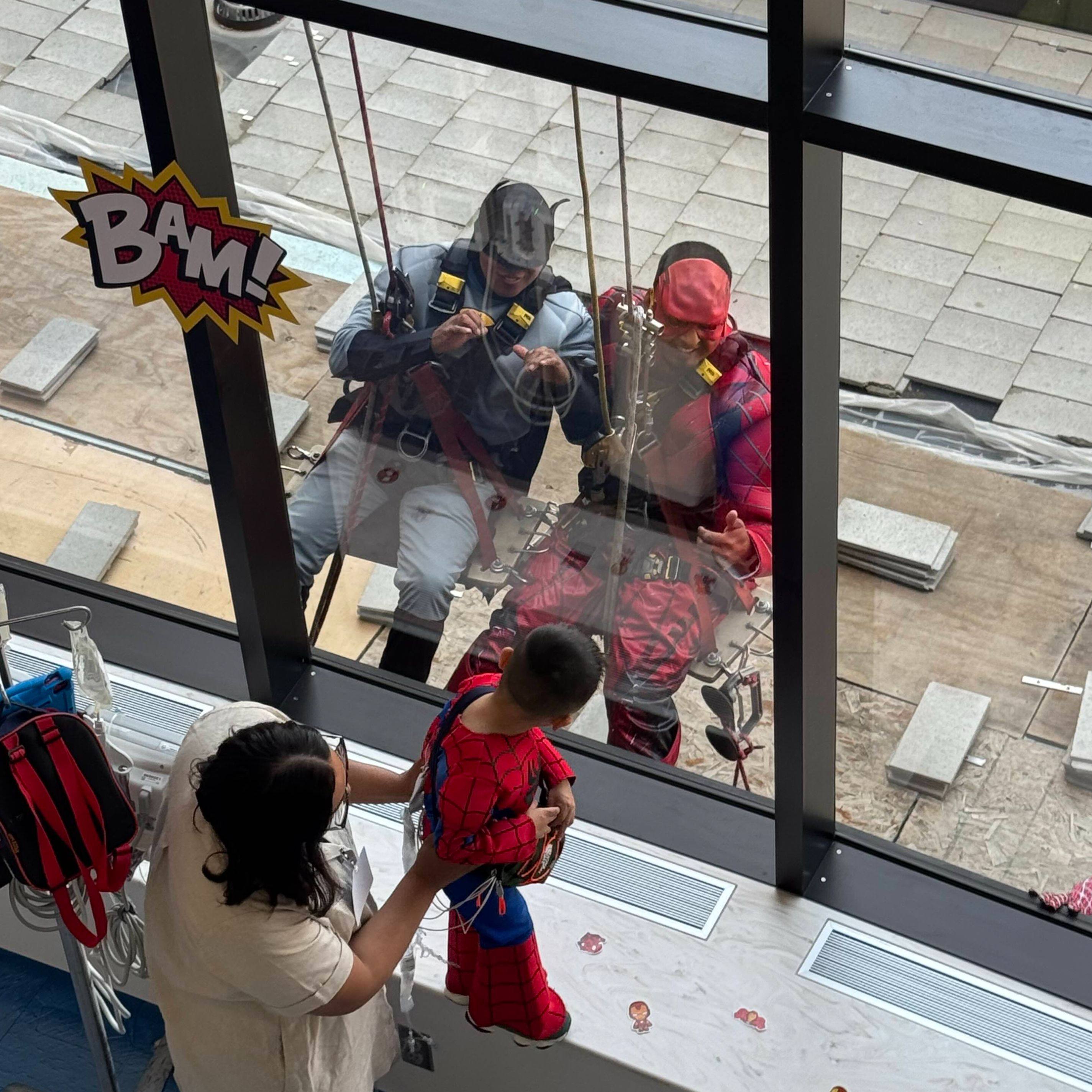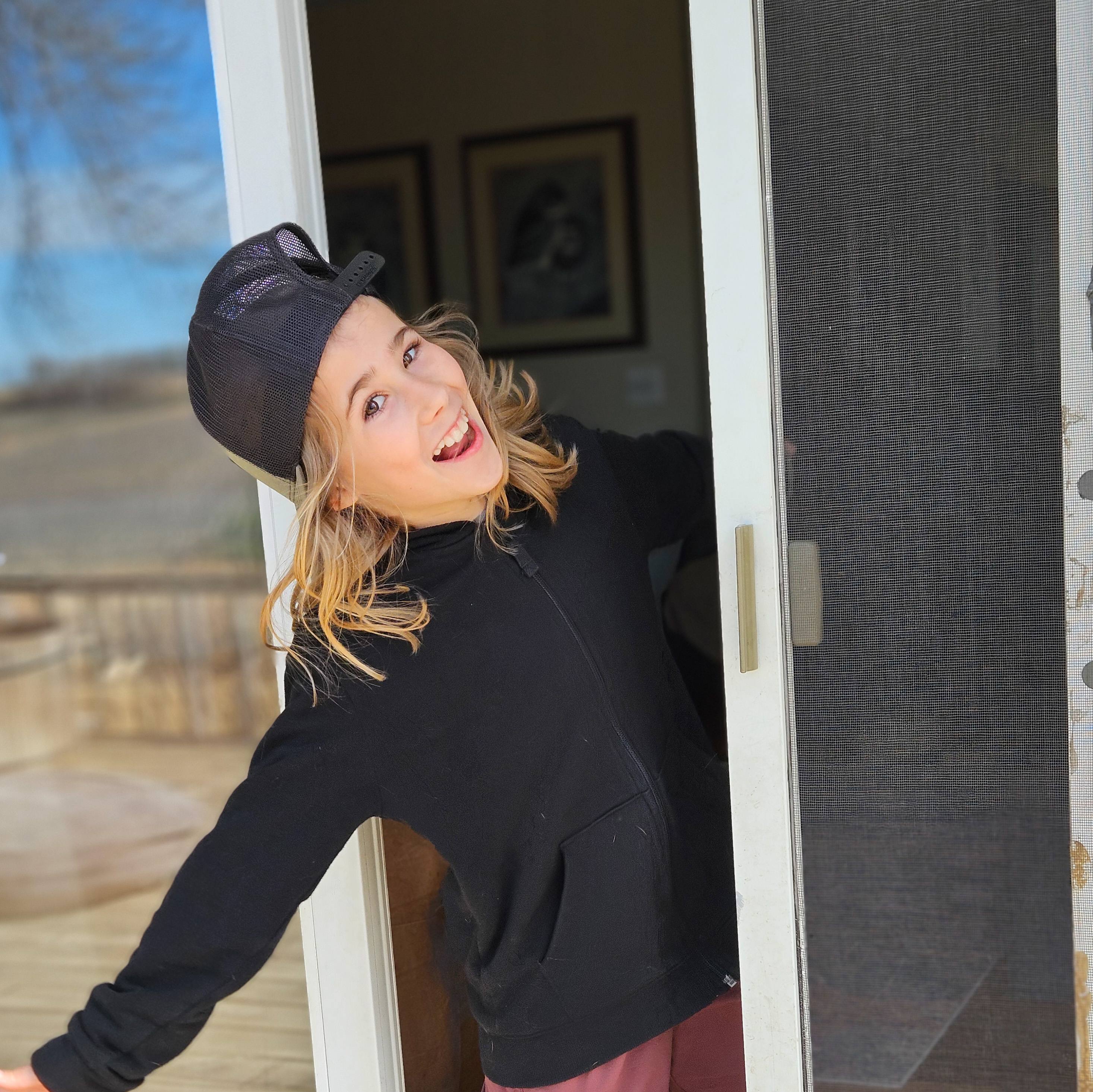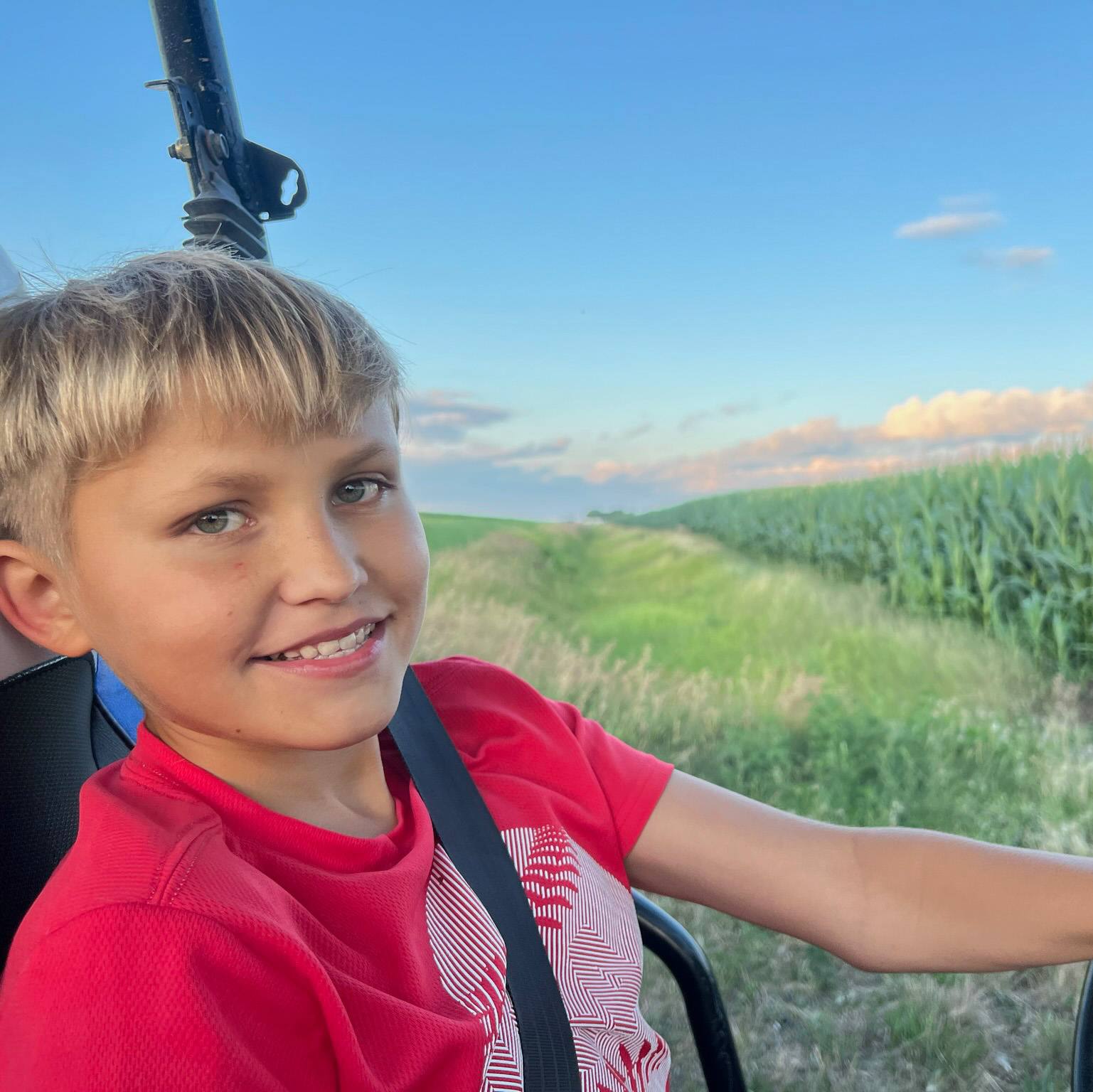-
Mayo Clinic Minute: Scoliosis screening
Back-to-school physical exams are a good time to ask your child's doctor about screening for scoliosis. Two to 3 percent of the population is affected by this sideways curvature of the spine. The condition is often minor, but, for those who need medical treatment, early detection may prevent severe and painful deformities.
Journalists: A broadcast-quality video pkg (0:59) is in the downloads. Read the script.
"Certainly, getting diagnosed with scoliosis can be scary," says Dr. Jeremy Fogelson, a Mayo Clinic neurosurgeon. "Many people think of big braces that are uncomfortable or surgery that needs to be performed. But there are a lot of different treatment options."
"When you look at the side of the spine, there’s supposed to be a natural curvature, but on a front or a back view of the spine, it should be straight up and down," explains Dr. Fogelson. "Scoliosis is the curvature of the spine that’s abnormal. Sometimes patients will notice it, because their shoulders aren’t level or they don’t feel their ribs are symmetric."
The waist or hips may also appear uneven or one shoulder blade may protrude more prominently. It's usually diagnosed by your primary care provider. Screening can be done during childhood, which is the most frequent time to find it.
Often, scoliosis appears during a growth spurt just before puberty. In some severe cases, surgery is required to remove spinal discs and realign the vertebrae with metal rods.
"It's important to catch it early," Dr. Fogelson cautions, "because, many times, surgery can be avoided if it’s treated properly with a brace. Sometimes it’s as simple as physical therapy to help keep the spine limber and strong."
Dr. Fogelson says, frequently, scoliosis can be treated very well, giving patients a good quality of life without limitations on their activities. One other note: He says it tends to be hereditary, so family history may be important to the diagnosis.
Related Articles







